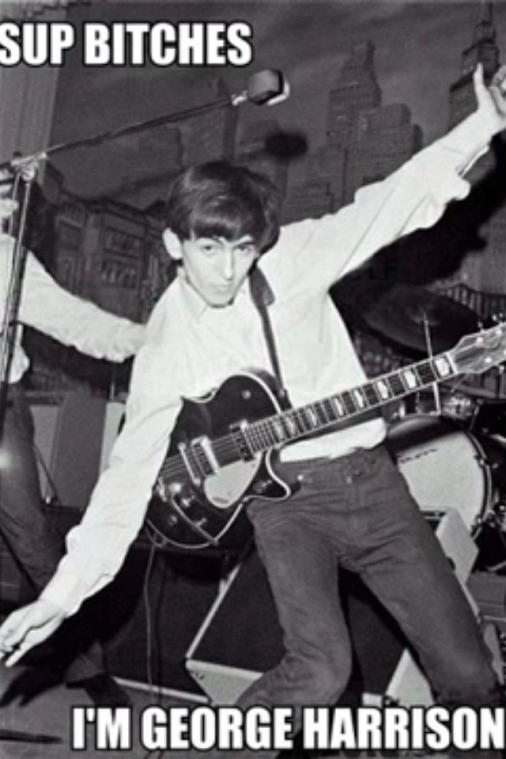Yep I can relate to math as a secret. The math that I do is really a secret. No one can hear it. It's called mental math.
I went to Annunciation Catholic School from kindergarten to seventh grade. To put it nicely, I love Academy much more. The math curriculum was very easy, for "advanced math." One day, during a particularly easy lesson, I wanted to challenge myself more. She put a "difficult" fraction problem on the board and told us to solve it in our notebooks, showing our work. "Show my work," yeah right! I solved that problem mentally in about 5 seconds. I couldn't write down that I solved the problem without writing it down, so I shouted it out. The teacher got a weird look on her face and told me to meet with her after class. Uh, oh.
So I met with her after class. She wasn't mad that I did mental math on that problem. She gave me a bunch of sheets in a folder and told me to do them. I did them and was still bored in class later that week.
Every day after school I had swimming practice. I would do the fraction math while swimming. Sometimes I got so distracted, I missed the set or the interval. Well, excuse me, I had a math problem to finish! I started doing percents in dance class just to keep me entertained. Doing a double pirouette was, in a sense, doing 200% of a pirouette (if you didn't fall out of it after 1.75 or 175% of a turn). Yeah that got hard with all the technique to focus on.
Every Saturday, my dad and I get groceries for the week from Smith's. One week we only had to get $92.16 worth of groceries and my dad gave the cashier $100. I figured out that we would get $7.84 in change. For the longest time, I would calculate the change back (if i was correct i would get to keep the coin change). After a while, I had to stop because my math became more challenging as I moved to Academy and I didn't have too much time for mental math. That was about 3 years ago. From time to time, I still try to do mental math at the grocery store to keep my skill from getting too rusty. So far it has worked.








.jpg)















